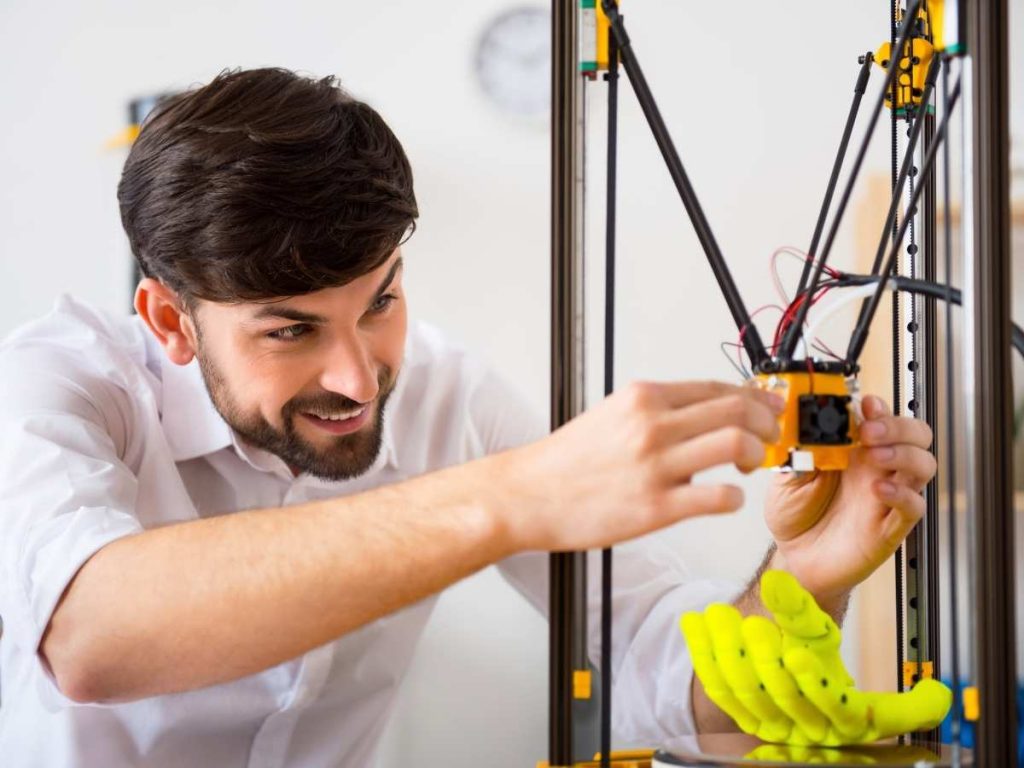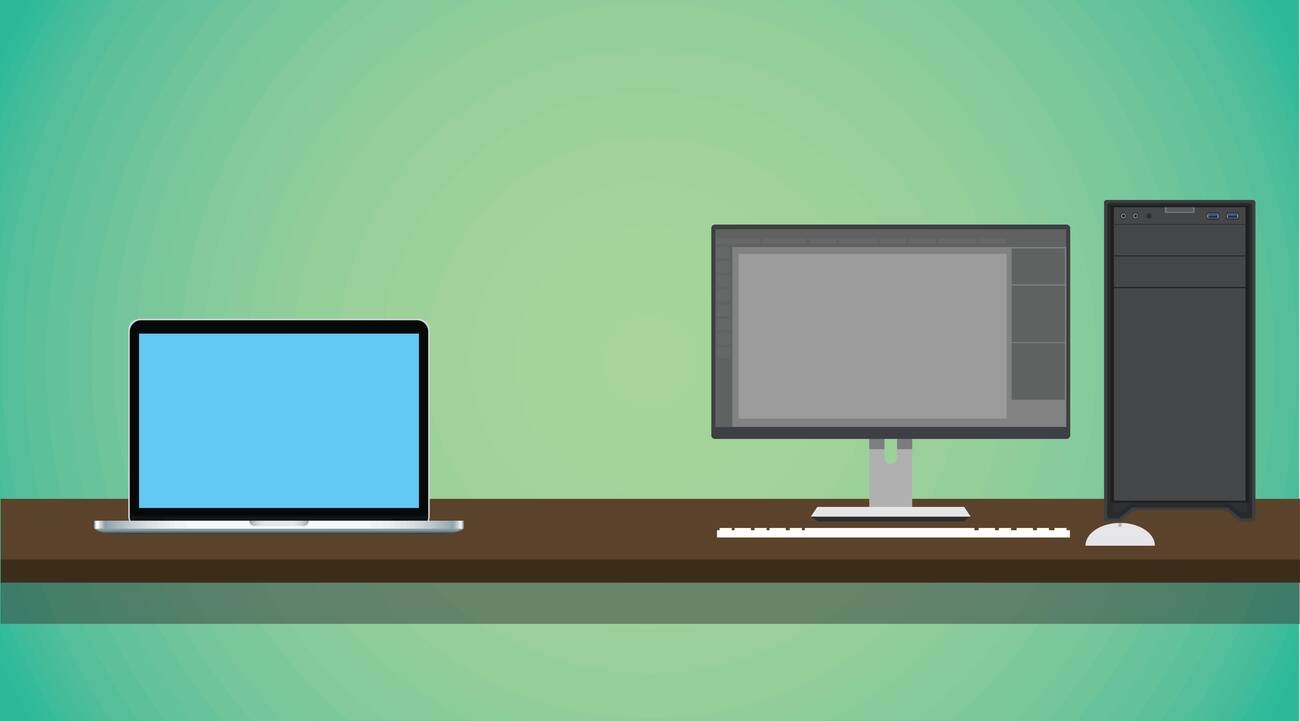Do you know the importance of ventilation in 3D printing? If not, it’s time to find out. Proper ventilation is crucial in minimizing the hazards associated with the fumes produced during the printing process. By regulating temperature and improving print quality, different methods of ventilation can create a safer environment for 3D printing. Whether you’re using PLA or ABS filament, understanding the impact on indoor air quality and potential health risks is essential. So, let’s explore why ventilation is key in ensuring a successful and safe 3D printing experience.
Hazards of Fumes in 3D Printing
You should be aware of the hazards associated with fumes in 3D printing, as they can include chemical vapors, heat, and ultrafine particles that can be harmful to your health. Long-term exposure to these fumes can pose serious health risks. That’s why it is crucial to have proper ventilation systems in place when using a 3D printer. Ventilation systems, such as fume extraction units or ventilation hoods, help to remove the fumes and maintain a safe environment. It is important to take safety precautions and ensure that the fumes are effectively extracted from the room where you are operating the 3D printer. This will minimize your risk of inhaling harmful substances and protect your overall well-being.
Working Mechanism of a 3D Printer
Understanding the working mechanism of a 3D printer can help you grasp how layers of material are built up to create objects. Here’s how it works:
- The process starts with computer-aided design (CAD) software that can be installed on your computer or laptop, where you create a digital model of the object you want to print.
- The printer reads this model and uses its build platform as a foundation.
- The extruder, which melts the material, moves along the build platform according to instructions from stepper motors.
- As the extruder moves, it deposits thin layers of molten material onto the build platform.
- Layer by layer, these materials solidify and fuse together to form your desired object.
Impact of Ventilation on Print Quality
To optimize the quality of your prints, it’s crucial to ensure proper ventilation in your 3D printing environment. Ventilation has a significant impact on various aspects of 3D printing, including respiratory health, print accuracy, material properties, printer maintenance, and overall workspace safety.
| Effect on Respiratory Health | Impact on Print Accuracy | Influence on Material Properties |
|---|---|---|
| Fumes produced during the printing process can be hazardous to your respiratory health. Ensuring good ventilation helps minimize exposure to these fumes and reduces the risk of long-term health problems. | Proper ventilation plays a vital role in maintaining consistent temperature and humidity levels in your printing environment, which directly affects print accuracy and quality. | Inadequate ventilation can lead to issues with material adhesion and warping, affecting the strength and durability of printed objects. |
| Relationship with Printer Maintenance | Connection to Overall Workspace Safety |
|---|---|
| Proper ventilation helps prevent heat buildup inside the printer enclosure, reducing the risk of damage to electronic components. Regularly cleaning filters or exhaust systems also improves printer maintenance by preventing clogs that may affect performance. | Ensuring proper ventilation is an essential part of creating a safe workspace for 3D printing. It helps remove potentially harmful fumes from the air and minimizes fire hazards associated with certain materials used in 3D printing. |
In conclusion, adequate ventilation is crucial for optimizing print quality while also safeguarding your respiratory health, ensuring accurate prints with improved material properties, maintaining printer performance through regular maintenance, and promoting overall workspace safety.
(Note: This table is not shown in markdown format due to limitations.)
Types of Fumes Produced in 3D Printing
The fumes produced during 3D printing can pose hazards, including the emission of ultrafine particles (UPs) and volatile organic compounds (VOCs). These hazards of fume exposure can lead to health risks, particularly when printing indoors without proper ventilation. It is important to maintain a well-functioning ventilation system to minimize these risks. In addition, temperature control is crucial for optimal performance and safety when using 3D printers in garages. To convey a deeper meaning for the audience:
- Regular maintenance of your ventilation system ensures effective removal of harmful fumes.
- Indoor printing without adequate ventilation increases the likelihood of inhaling toxic substances.
- Proper temperature control prevents potential issues with materials and protects against fire hazards.
Methods of Ventilating a 3D Printer Room
One method of ventilating a 3D printer room is by using natural ventilation, such as opening windows and doors to allow fresh air circulation. This DIY ventilation solution has several benefits, including improving air quality and reducing the concentration of fumes emitted during printing. However, it is important to prioritize safety measures when using this method, such as ensuring that the room is well-ventilated and taking precautions to minimize exposure to hazardous substances. Alternatively, filtered ventilation options can be explored, such as using air purifiers with HEPA filters or building an air-tight enclosure with carbon filters. Regardless of the chosen method, regular maintenance of the ventilation system is crucial for optimal performance and maintaining a safe printing environment.
| DIY Ventilation Solutions | Natural Ventilation Benefits | Importance of Safety Measures |
|---|---|---|
| Open windows and doors | Improves air quality | Minimizes exposure to fumes |
| Air purifiers with filters | Reduces concentration of hazardous substances | Ensures a safe printing environment |
| Build an air-tight enclosure | Promotes fresh air circulation | Prevents health risks |
Keywords: DIY ventilation solutions, natural ventilation benefits, importance of safety measures, filtered ventilation options, ventilation system maintenance.
Safety Concerns of Indoor 3D Printer Use
Ensure that you prioritize your safety when using an indoor 3D printer, as it can emit particles that negatively impact air quality and pose potential health risks. Taking precautionary measures is crucial to minimize these health risks and maintain good indoor air quality. Here are some important considerations:
- Implement proper ventilation systems to effectively remove fumes and pollutants from the printing area.
- Use filament that is safe for indoor use, such as PLA filament which emits fewer toxic fumes compared to ABS filament.
- Regularly check and maintain your ventilation system to ensure its optimal performance.
Safety of PLA Filament for 3D Printing
When using PLA filament for 3D printing, it’s important to be aware that it emits fewer toxic fumes compared to ABS filament. The toxicity of ABS filament poses health risks and requires proper ventilation to minimize exposure. Natural ventilation can provide benefits by opening windows and doors for fresh air circulation. However, it’s essential to maintain the ventilation system regularly to ensure its effectiveness in removing fumes from the room. Safety measures such as using non-toxic filaments and implementing DIY ventilation solutions can further enhance safety during 3D printing. Taking these precautions will help create a safe environment and reduce the potential health hazards associated with inhaling harmful fumes emitted during the printing process.
Temperature Considerations for 3D Printing
Proper temperature control is crucial for optimal performance and avoiding potential issues when using a 3D printer. To ensure your garage setup is conducive to successful printing, consider the following:
- Draft protection: Protecting your printer from drafts can help maintain a stable environment and prevent temperature fluctuations that may affect print quality.
- Temperature regulation: Keeping the temperature within the recommended range for your specific printer and filament is important. Extreme temperatures can lead to warping or adhesion problems.
- Cooling methods: Implementing effective cooling methods, such as adding fans or heat sinks, can prevent overheating of components and improve overall performance.
Applications and Potential Impact of 3D Printing
Now that you understand the temperature considerations for 3D printing, let’s explore the exciting applications and potential impact of this technology. Advancements in 3D printing have opened up a world of possibilities in various industries. Not only does it allow for rapid prototyping and production of final products, but it also has significant environmental benefits. By reducing waste and saving materials, 3D printing contributes to sustainability efforts. In terms of future applications, we can expect to see 3D printing being used in space exploration, medical fields, and even food production. The economic impact of 3D printing is also noteworthy, as it streamlines manufacturing processes and creates job opportunities. However, ethical considerations must be taken into account regarding intellectual property rights and the responsible use of this technology. Let’s delve deeper into these aspects using the table below:
Analyzing and Implementing Ventilation Solutions
Installing air purifiers with HEPA filters and charcoal filters can help improve the air quality in an enclosed space when using a 3D printer. Here are some cost-effective solutions to consider for optimal ventilation performance:
- Regularly maintain your ventilation system to ensure it is working efficiently.
- Consult with experts or professionals in the field for guidance on the best ventilation options for your workspace.
- Prioritize workspace safety by implementing proper ventilation measures to minimize health risks.



